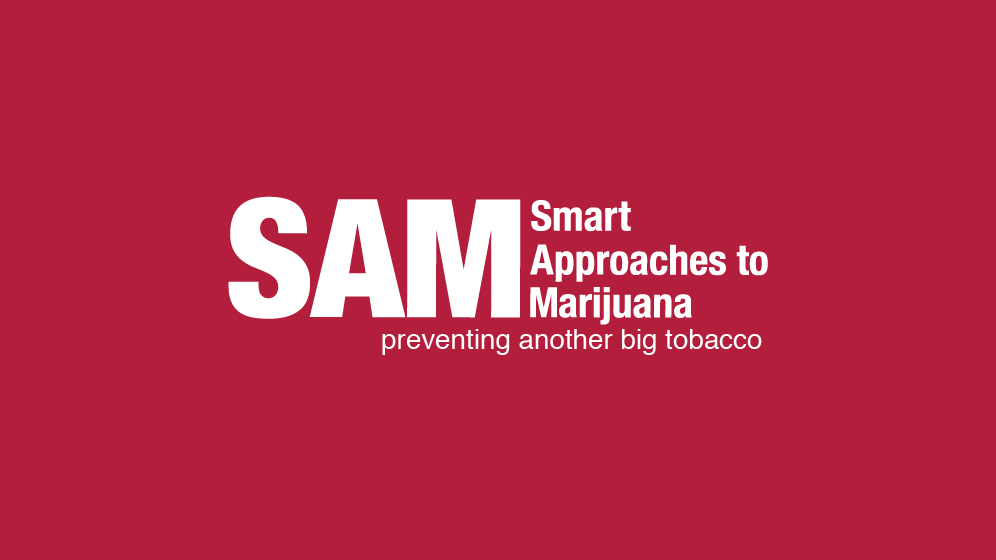
(Washington, D.C.) – Earlier this week, preliminary data from the Substance Abuse and Mental Health Services Administration’s (SAMHSA) Drug Abuse Warning Network (DAWN) was published for the first time since its discontinuation in 2011. DAWN is a nationwide public health surveillance system that records drug-related emergency department visit data. This year’s report, containing data collected in 2021, shows troubling trends, particularly among youth, related to marijuana use.
The report revealed that marijuana-related emergency department visits were 6.41, 2.34, and 1.59 times more frequent than fentanyl-, cocaine-, and heroin-related visits, respectively. Additionally, marijuana was the most common drug in polysubstance alcohol-related visits, at 30.60%. And alcohol was the most common drug in polysubstance marijuana-related visits, at 52.74%. In total, marijuana was the primary cause of 10.78% of emergency department visits, making it the fourth most cause of drug-related emergency department visits.
Marijuana is by far the leading cause of youth drug-related emergency department visits. There were more than twice as many emergency department visits from marijuana than from opioids, meth, and cocaine combined for those ages 18 and under. This age bracket accounted for 8.86% of marijuana-related visits. In comparison, they only accounted for 1.18% of alcohol-related visits, 1.23% of cocaine-related visits,1.04% of meth-related visits, and 0.39% of heroin-related visits.
Males made up 61.40% of marijuana-related visit patients. White patients accounted for 50.25% of the visits, with Black patients being second at 23.87%, and Asian patients third at 1.22%.
“This report confirms that marijuana poses a significant health risk, especially to our children,” said Dr. Kevin Sabet, president and co-founder of Smart Approaches to Marijuana (SAM) and a former senior drug policy advisor to the Obama Administration. “This is a problem driven by legalization and the sale of high-potency products that get in the hands of young people. The data published by SAMHSA is yet another reminder that public health needs to be at the forefront of marijuana policy.”